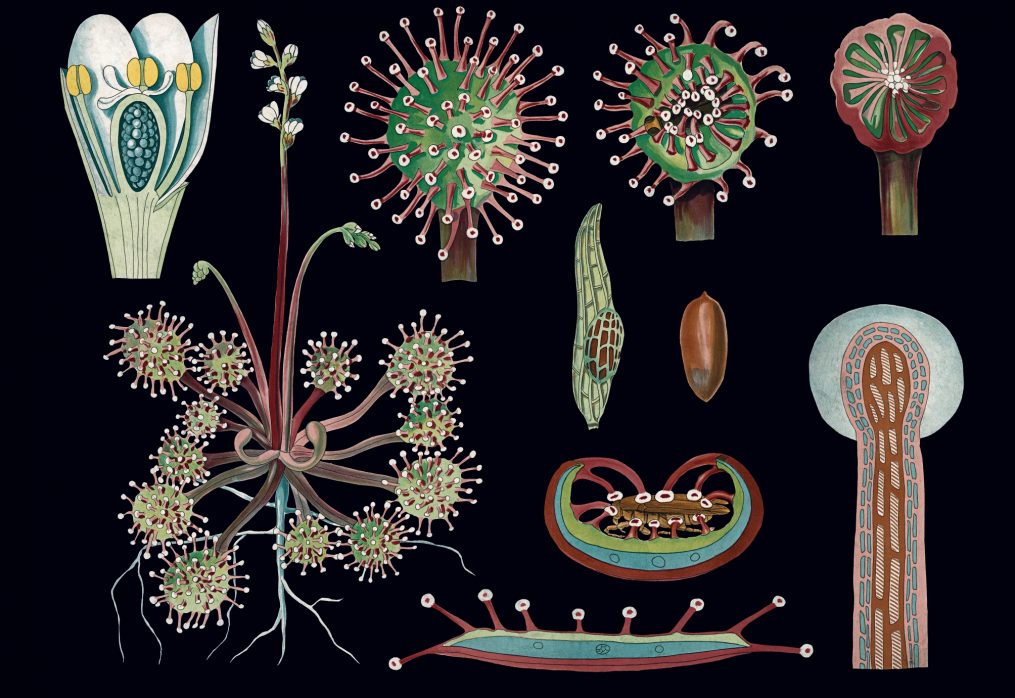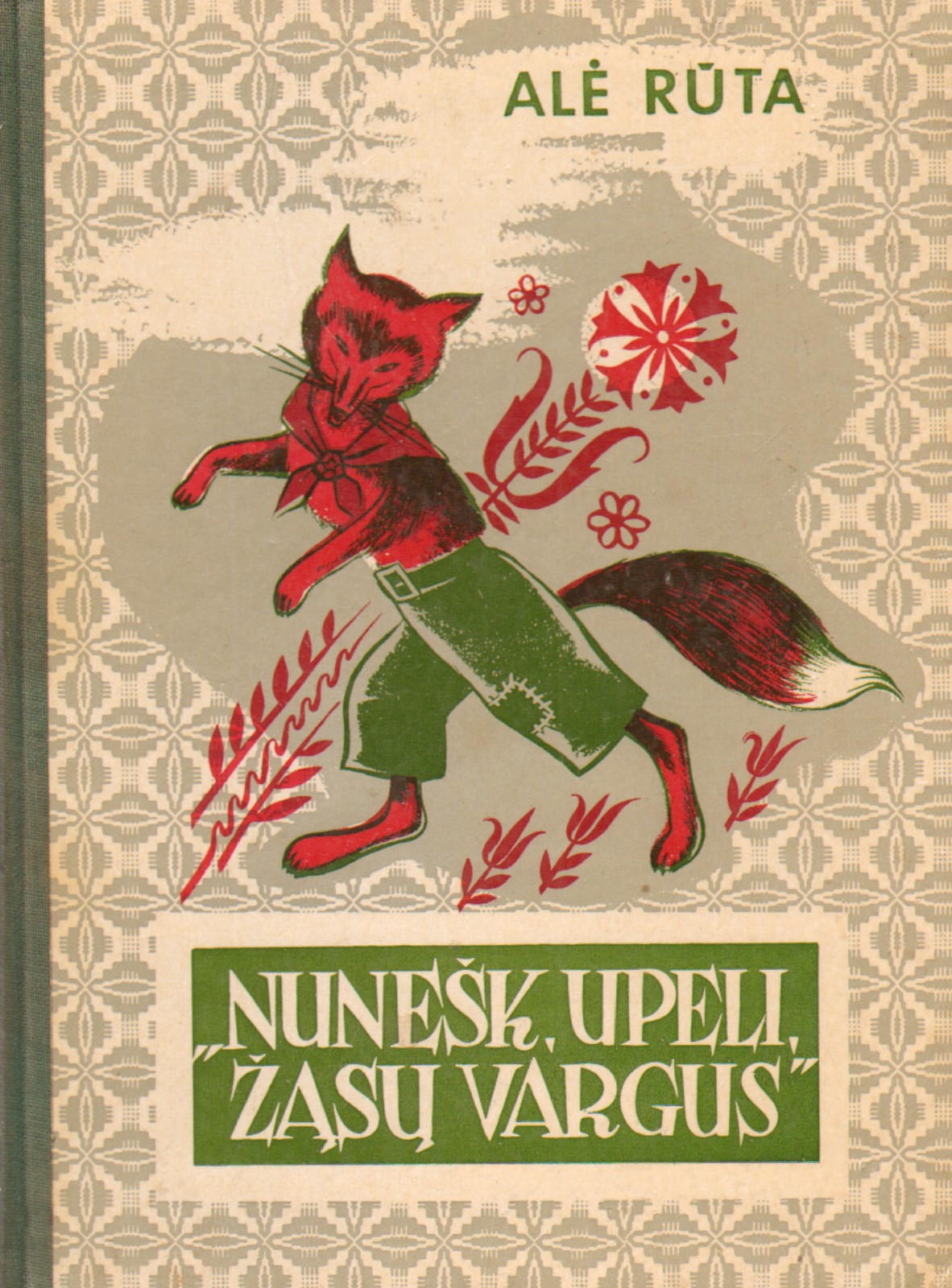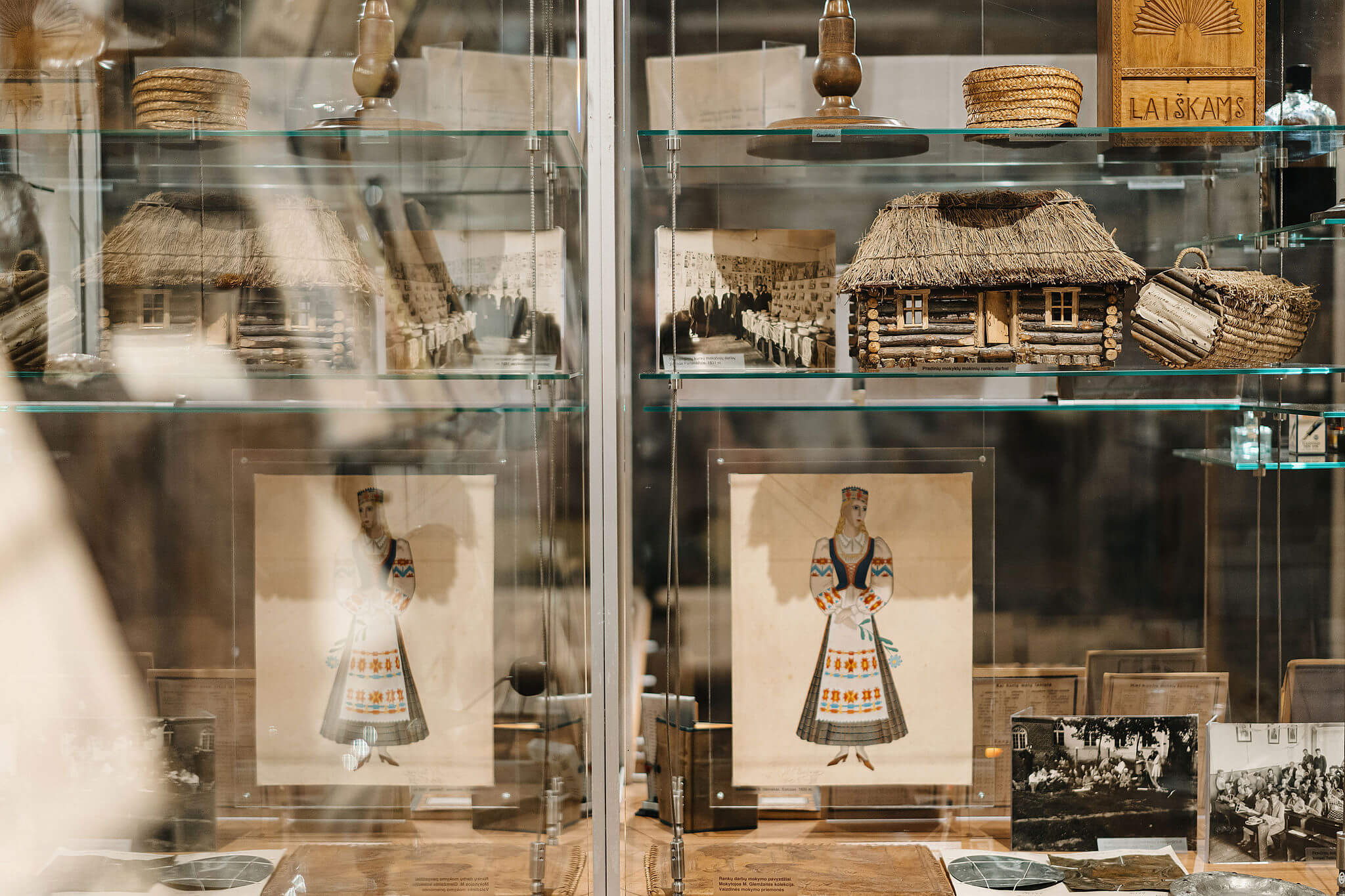Is classical education worth it in the era of smart technologies? With this exhibition, we say yes. In the age of virtuality and artificial intelligence, this exhibition is a return to the self, to the time of “virginity” – the primordial sensory acquaintance with the plant world. Communication with a visual teaching tool – a poster, natural tasks and the search for answers in the natural environment, the synergy of knowledge, discovery and practical elements – is the aim of this cognitive educational exhibition. What grows, smells, smolders, etc. is still around us, what works, what is named, what we know, what we have forgotten. Maybe that’s why we no longer feel responsible for many of the things that threaten our planet. Restoring the natural sequence of things in our understanding of the world is the way to develop an ecologically minded person who is responsible first and foremost for himself and the environment.
This project is simply the restoration of lost positions of knowledge, of putting back into our heads things that were somewhere and sometime missed as self-evident, not only in the educational process. The project included the exhibition “Portraits of Plants”, which displays original visual teaching aids – posters collected by Vince Ruzgis (1890-1972), a long-time museum director, educator, and author of textbooks. They were the first glimpse into the world of botanical science in teaching a century ago. Today, it is something illustrative, old… the use of museum treasures for educational purposes. The exhibition “Portraits of Plants” contributed to the popularisation of the collections of the Lithuanian Museum of the History of Education, and introduced the general Lithuanian public to posters from the late 19th and early 20th centuries, not only as teaching tools, but also as works of art. The visitors of the exhibition also got acquainted with the flat-press printmaking technique – lithography. The exhibition was prepared by designer Erikas Jaunius Kaubrys, landscape architect Audronė Jurkštienė and the project team of the Lithuanian Museum of the History of Education.
After the exhibition, she began her journey. It was exhibited at the Kėdainiai Regional Museum, the A. Pushkin Literary Museum, the Lithuanian Folk Life Museum, the Kačerginė sanatorium school “Žibutė” and the Lithuanian Museum of the History of Education. In January 2020, the exhibition will be exhibited at the Utena Regional Museum and in February at the Čiurlionis Memorial Museum in Druskininkai. The aim of the mobile exhibition was to involve as many people as possible in the cultural life of the Lithuanian regions, especially young people. It is an educational exhibition that not only gives aesthetic satisfaction, but also provides knowledge and encourages interest. The educational programme created especially for this exhibition also helped to involve young people in cultural life. The designer of the Lithuanian Museum of the History of Education, together with the landscape architect Audrone Jurkštiene, created educational tools – flower drawings, which the participants of the educational programme were able to colour according to the posters displayed in the exhibition. The posters were used as a stimulus to discover the variety of colours and shapes and to observe nature. In this educational session, we also introduce the ways and techniques of depicting plants.



